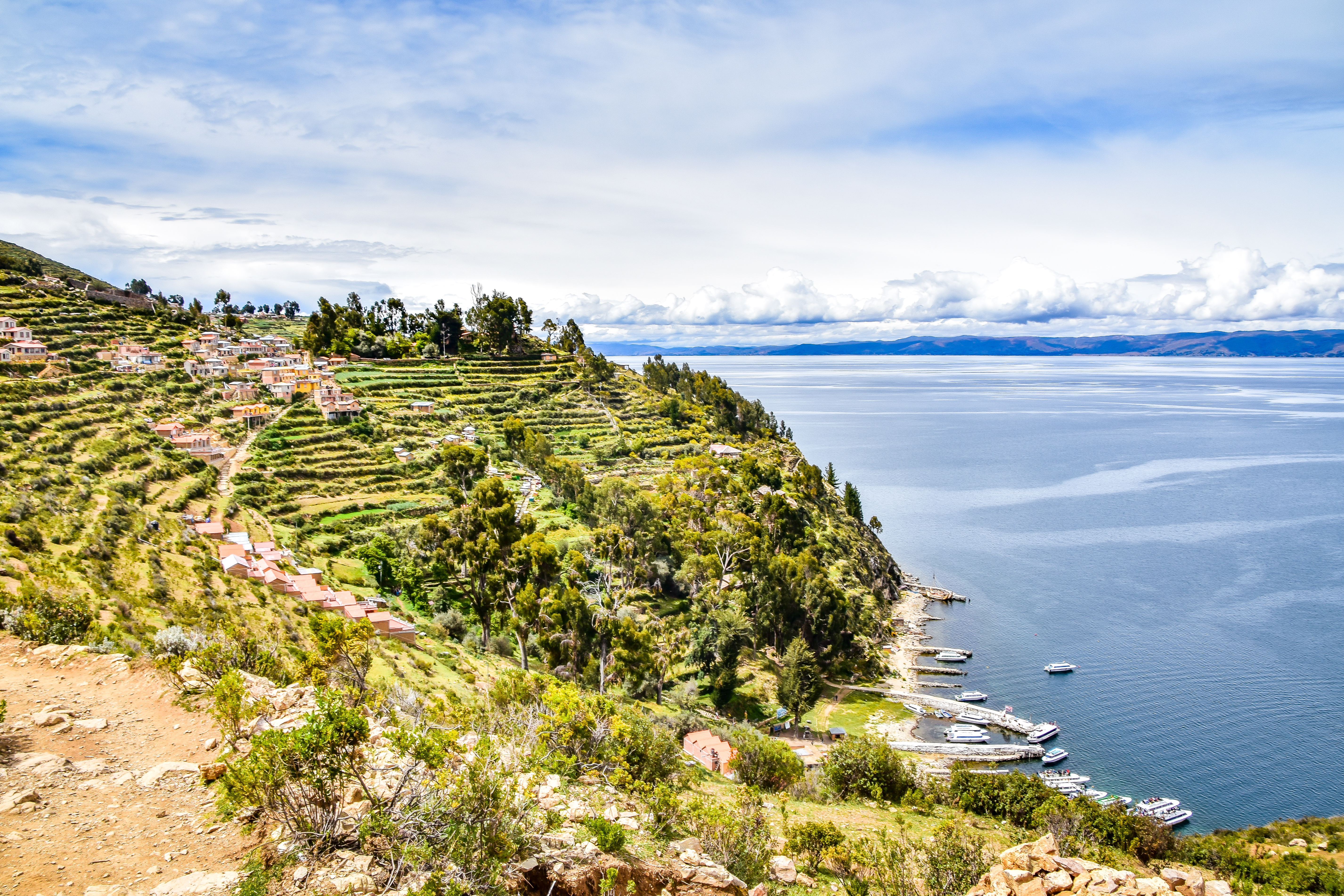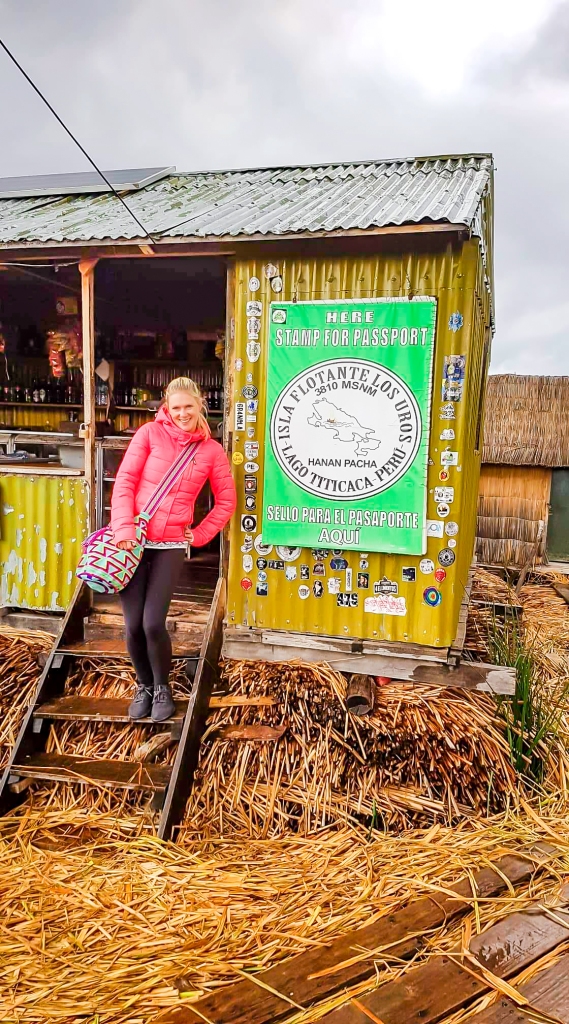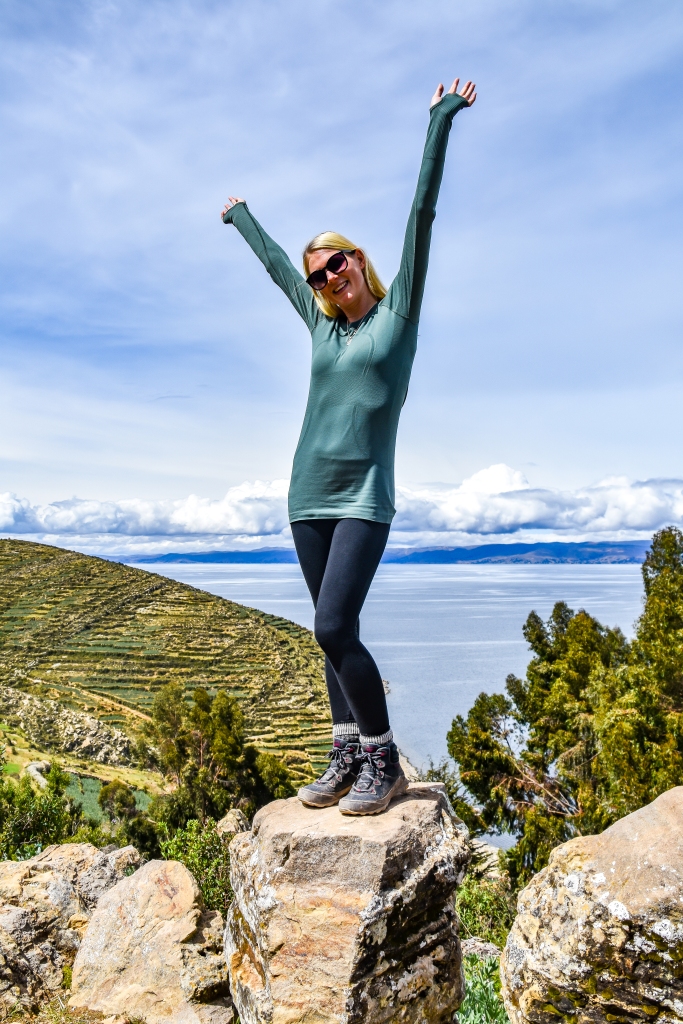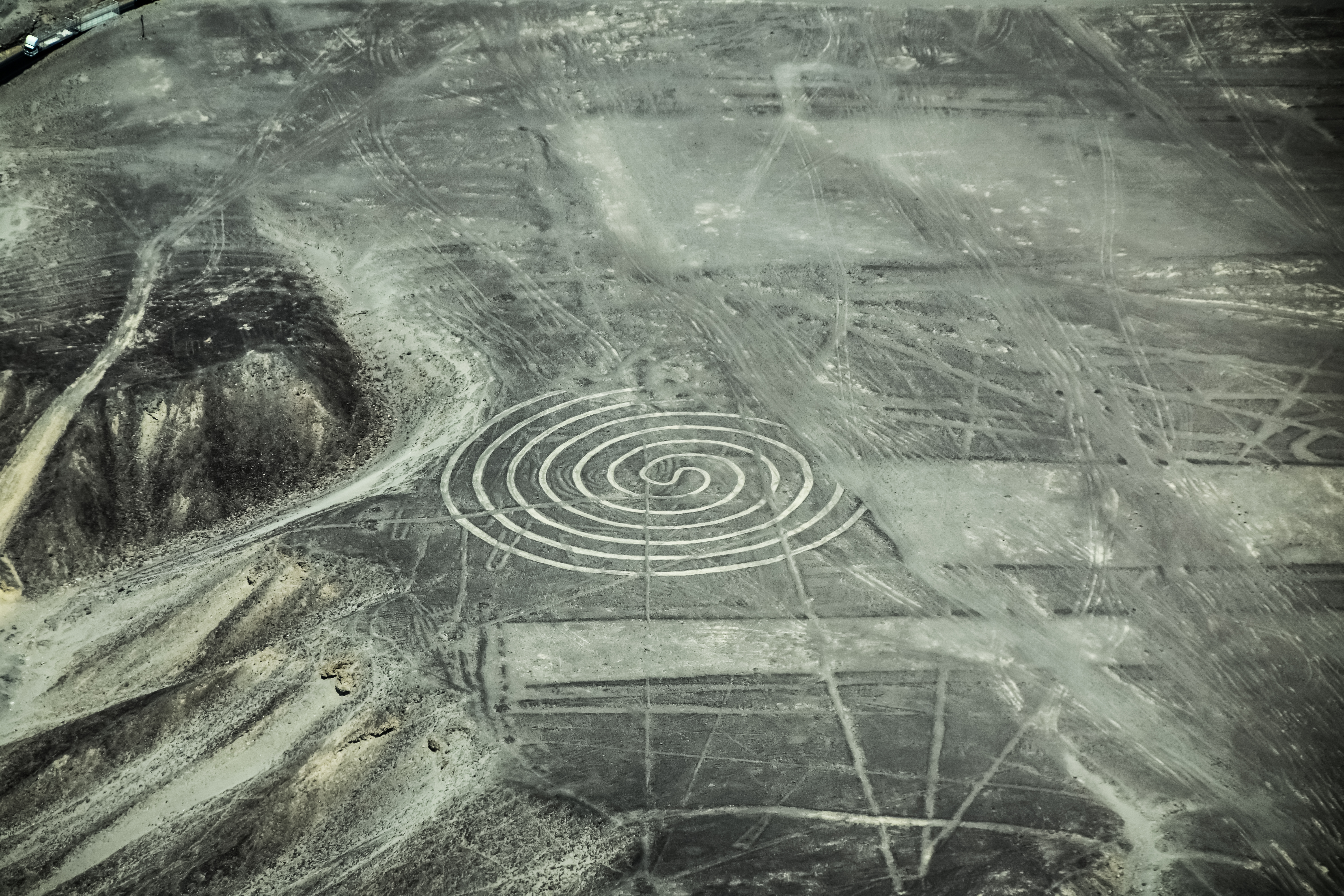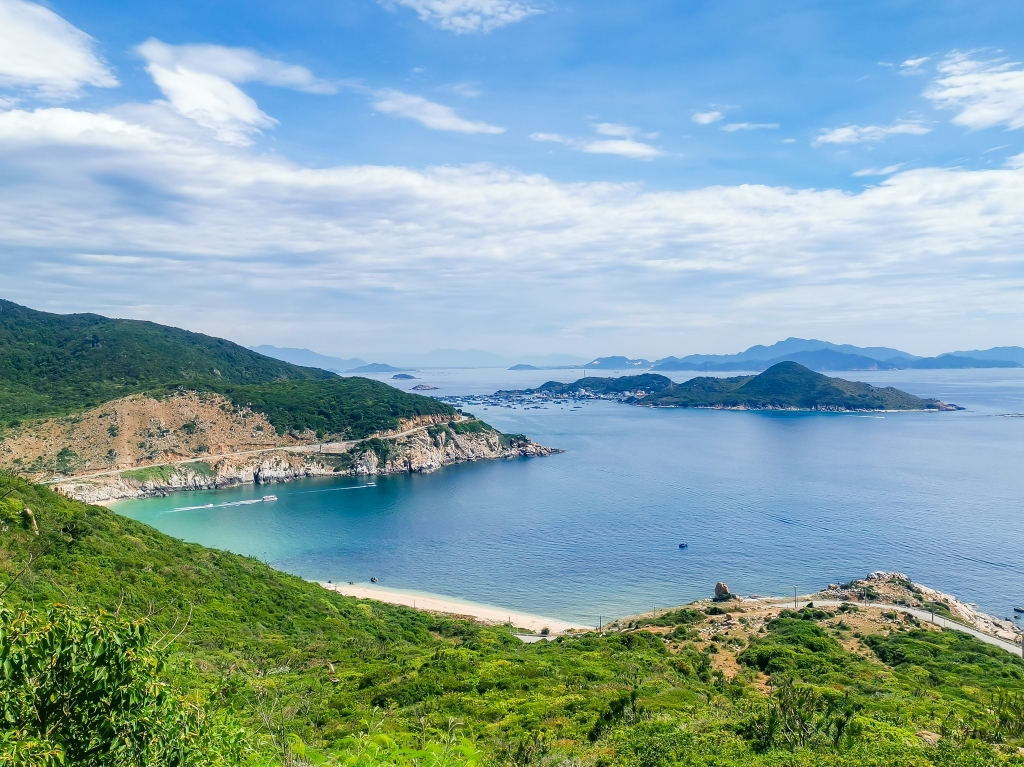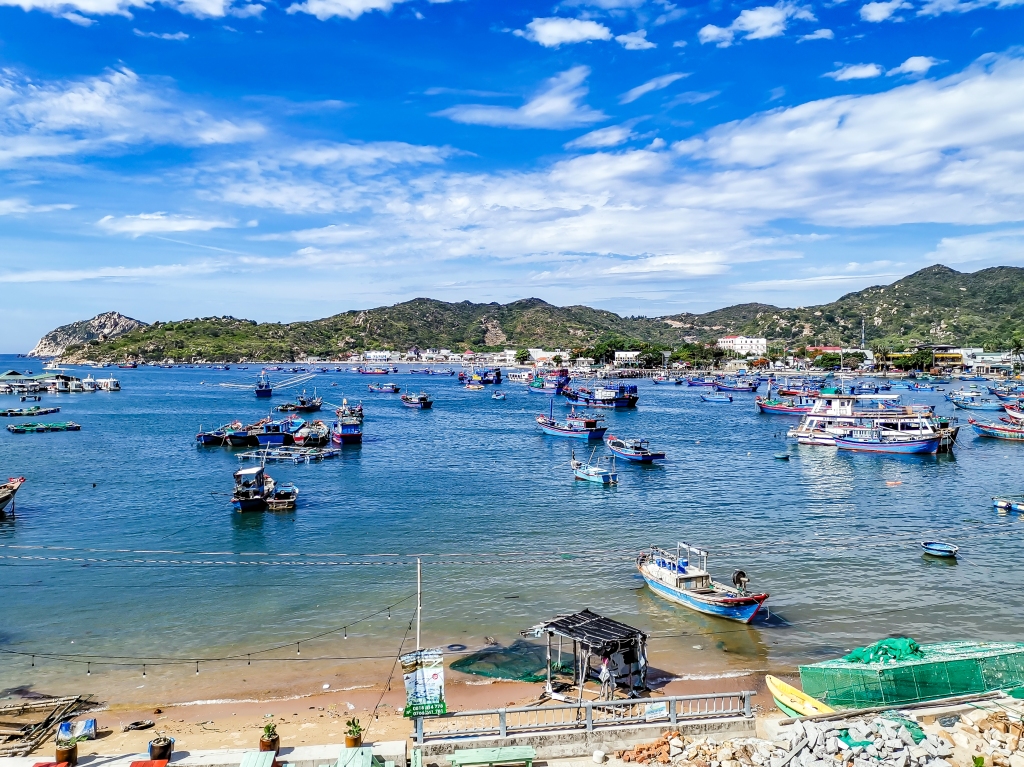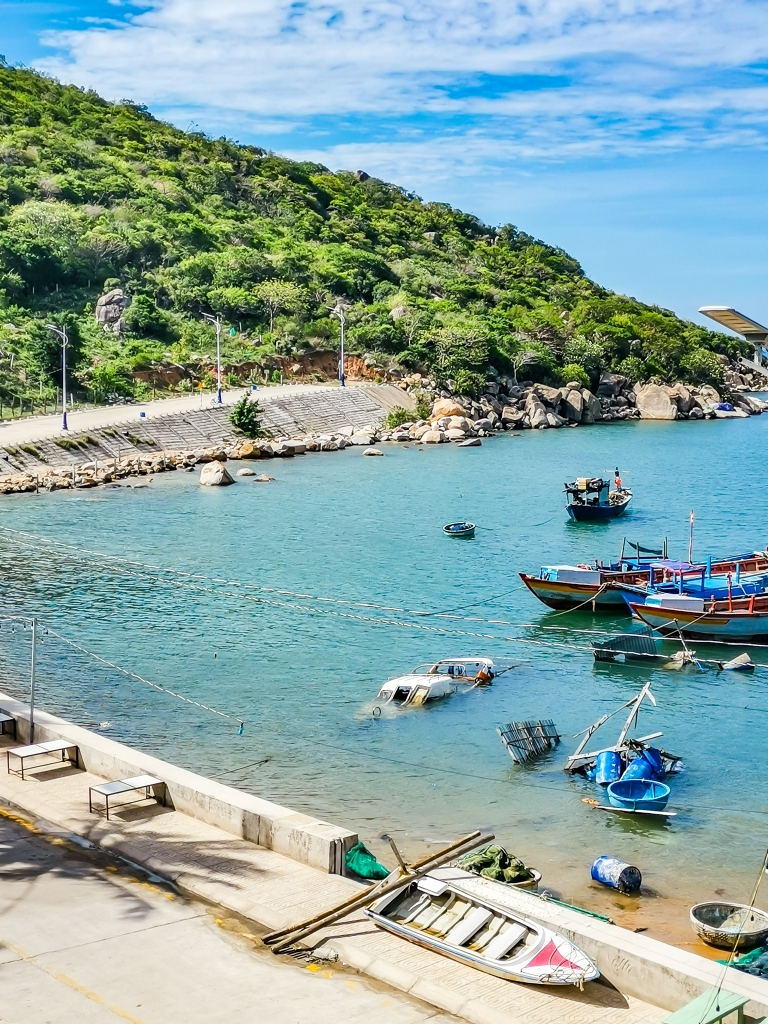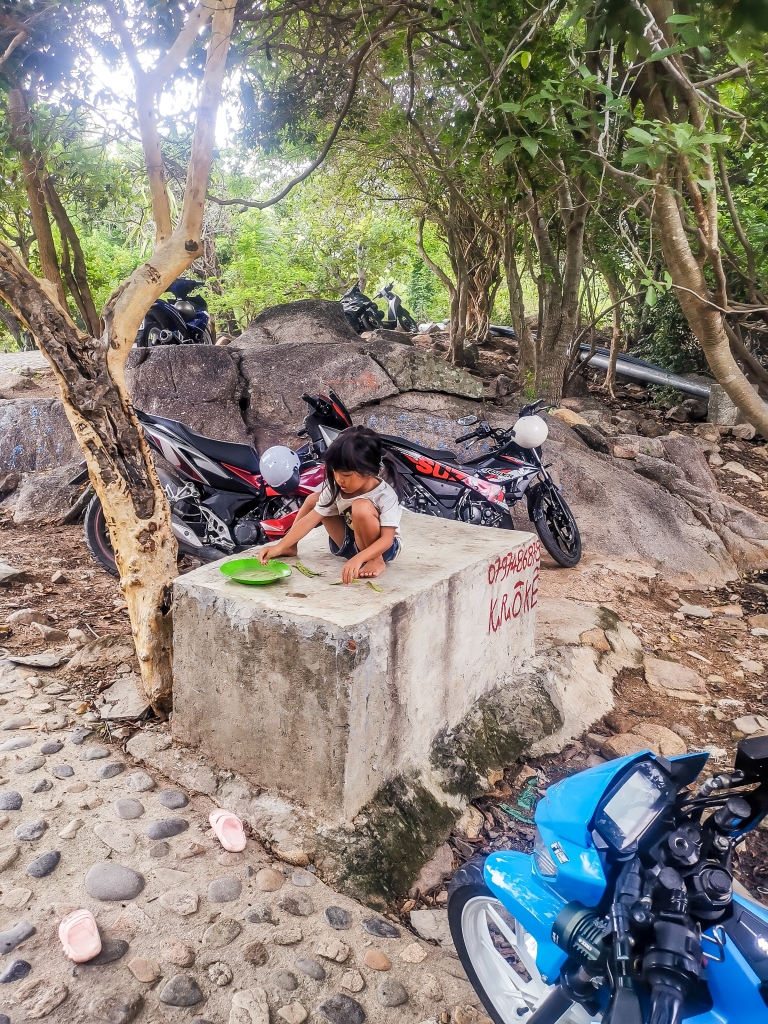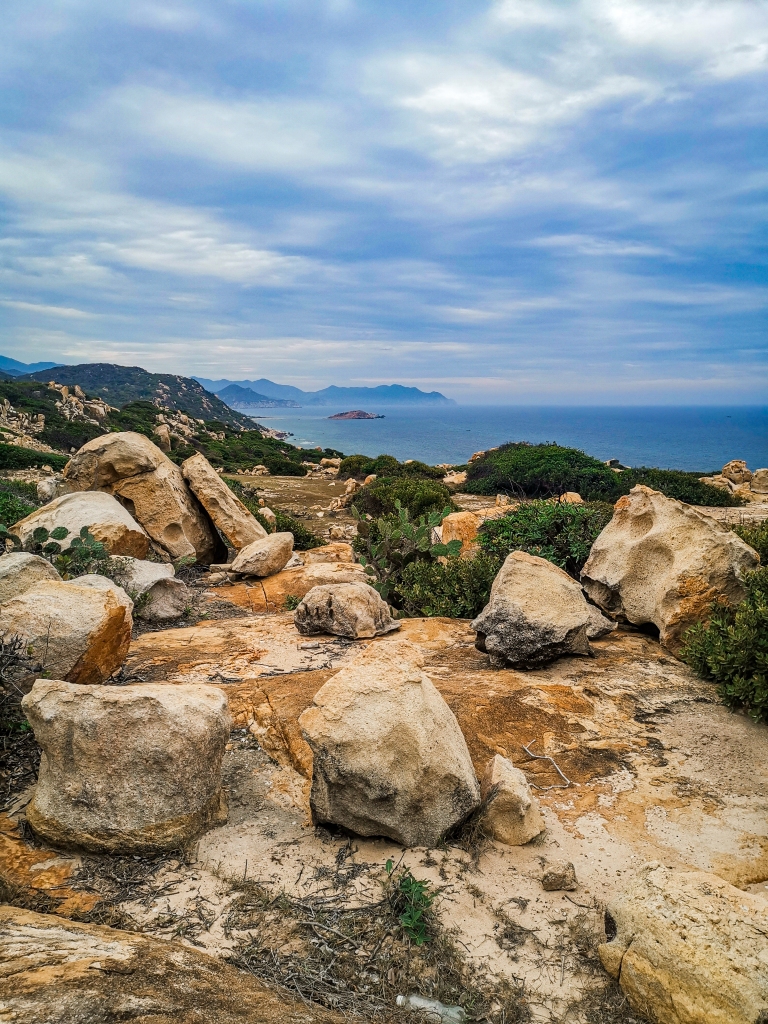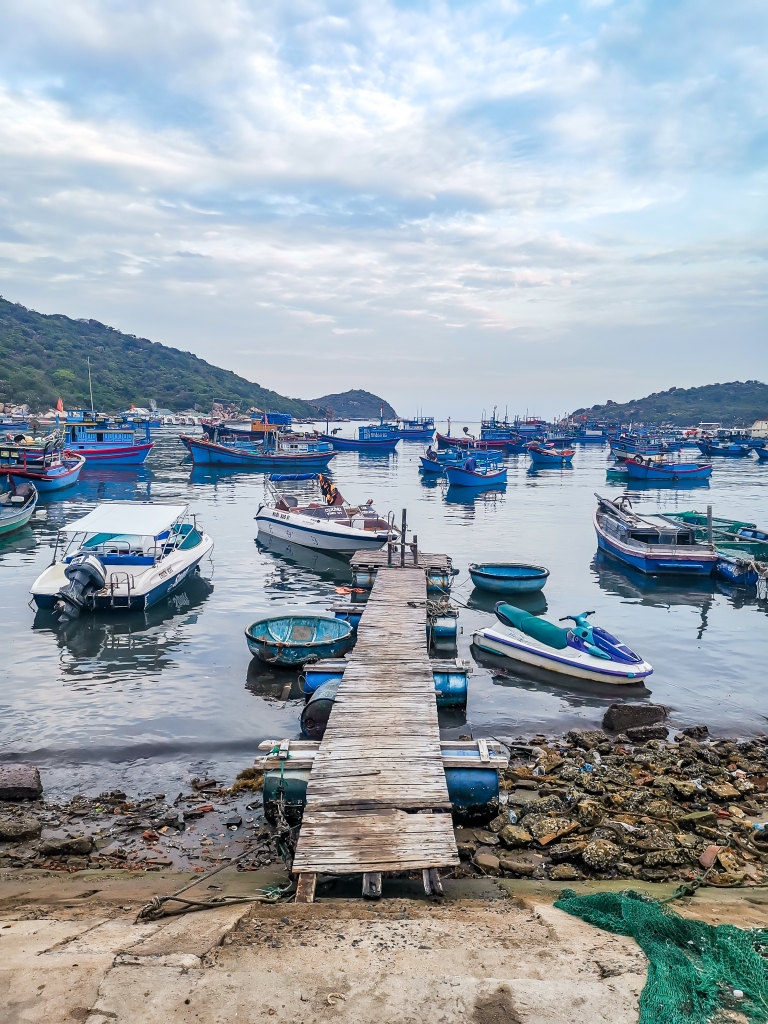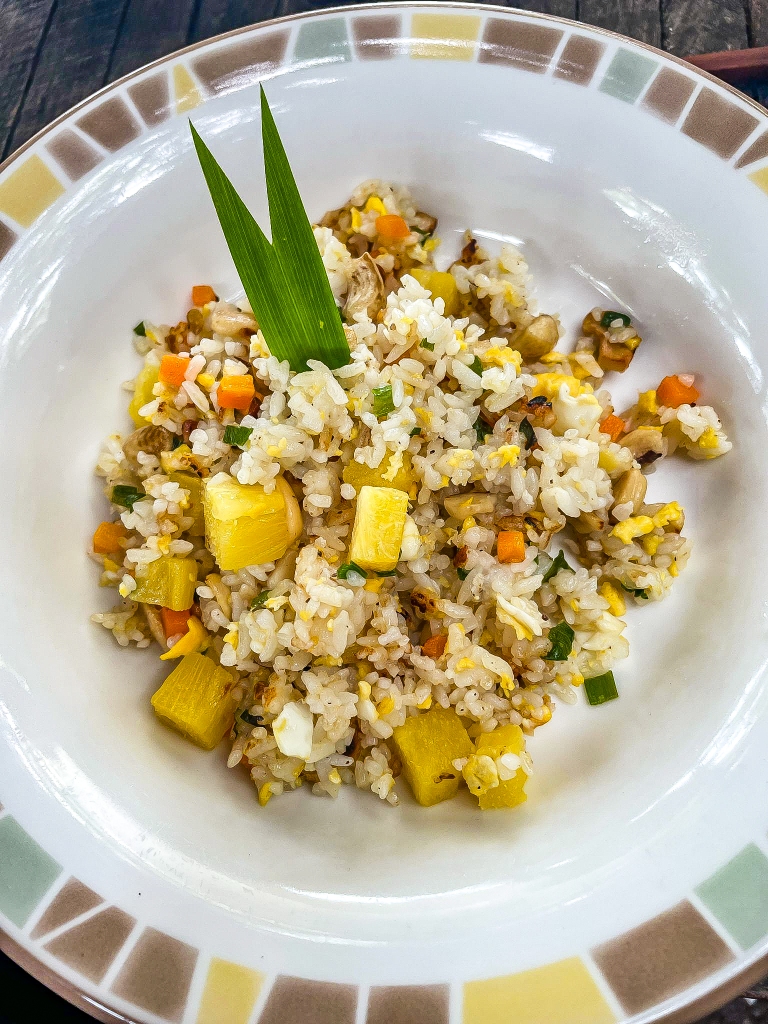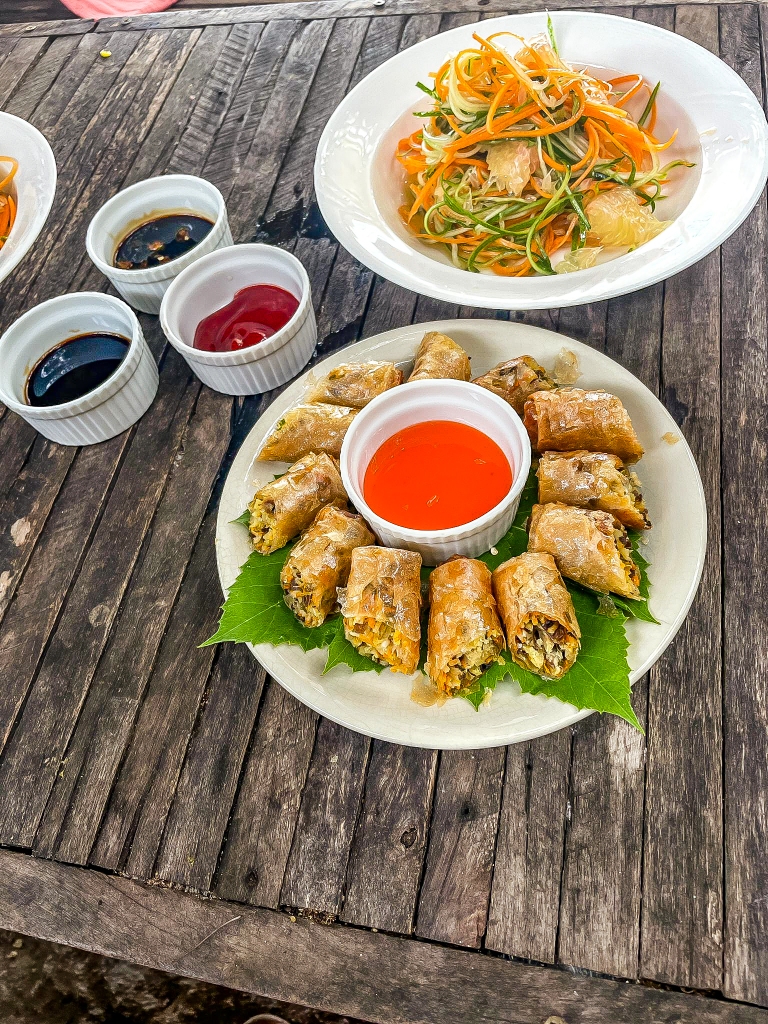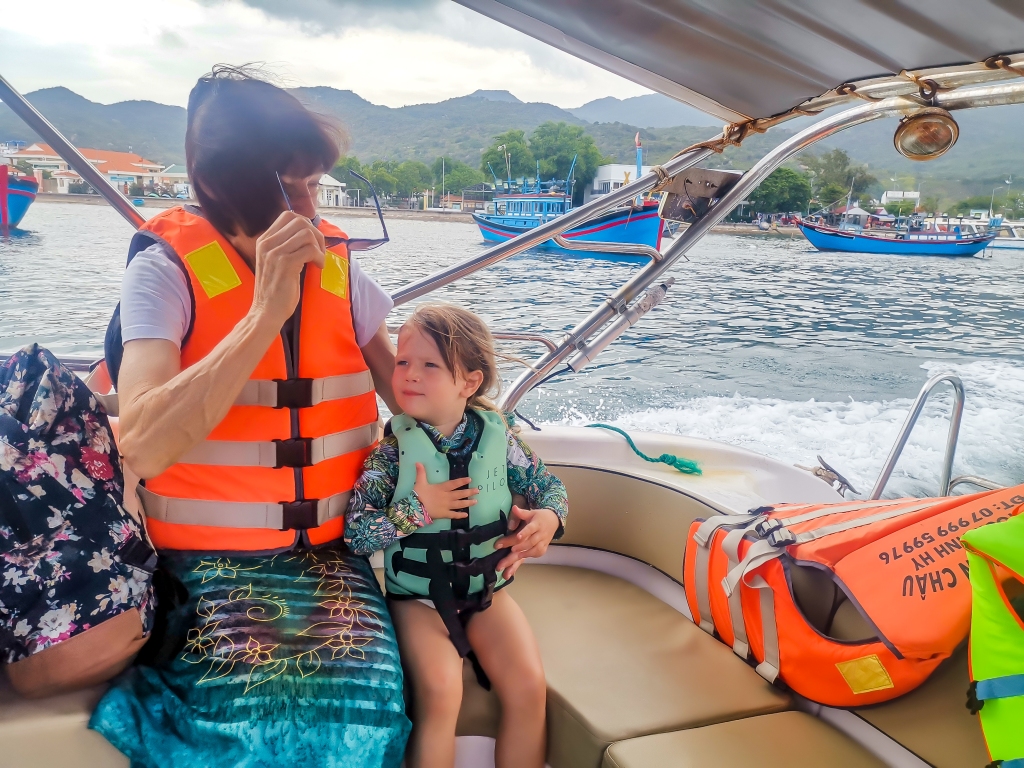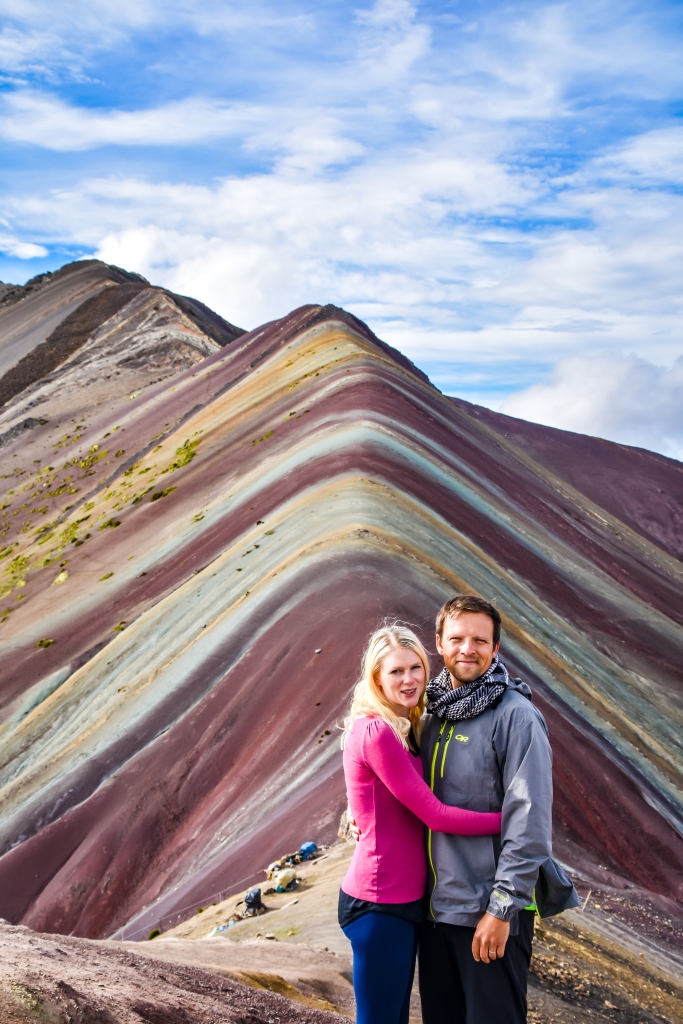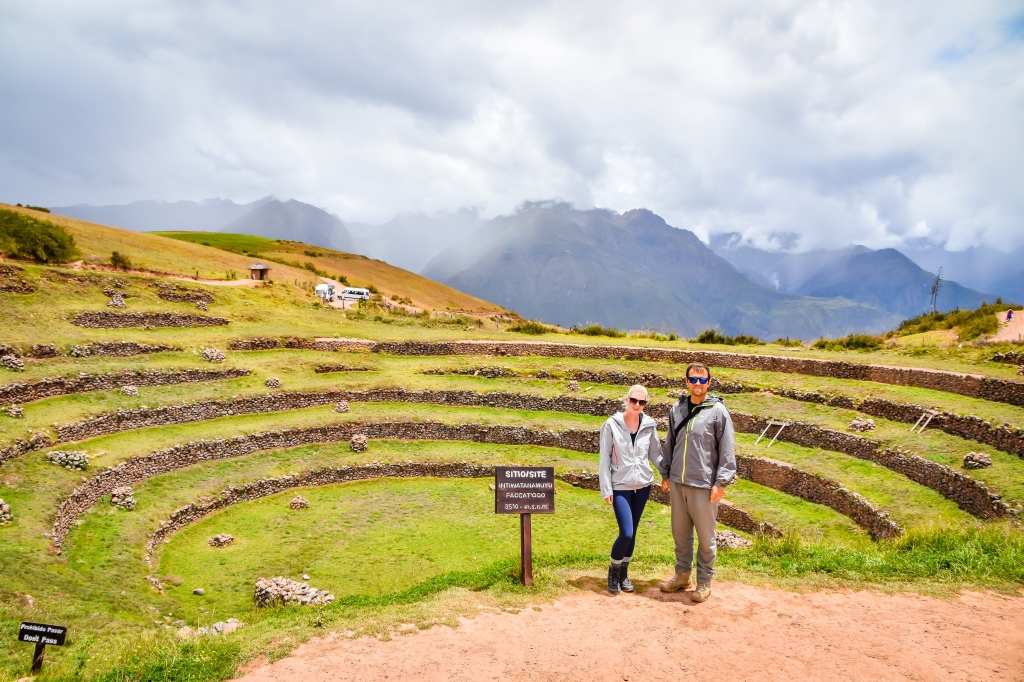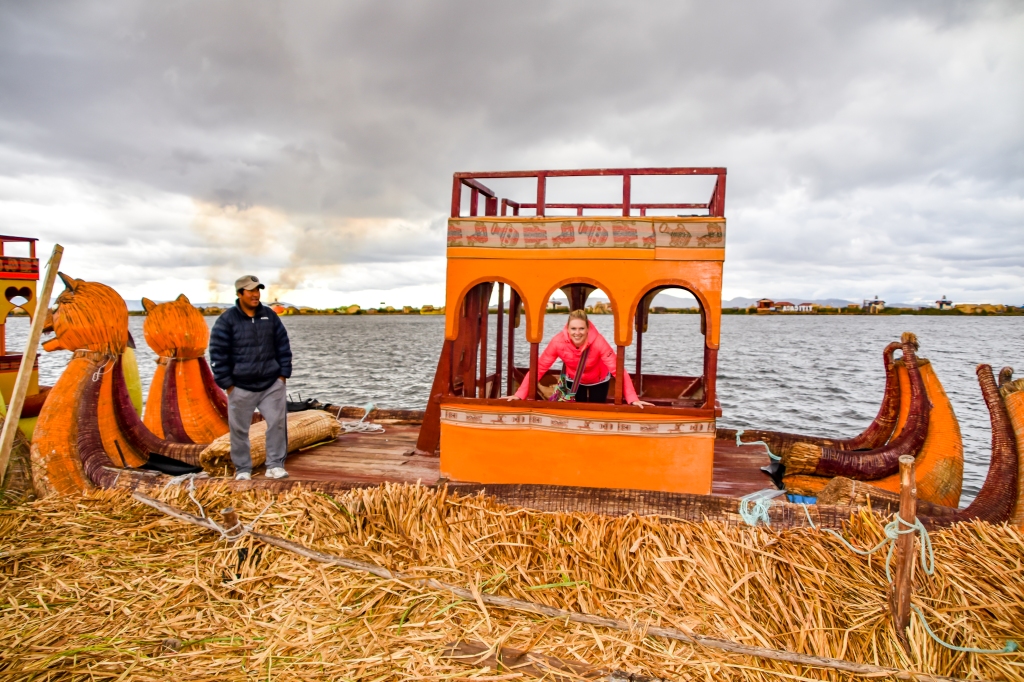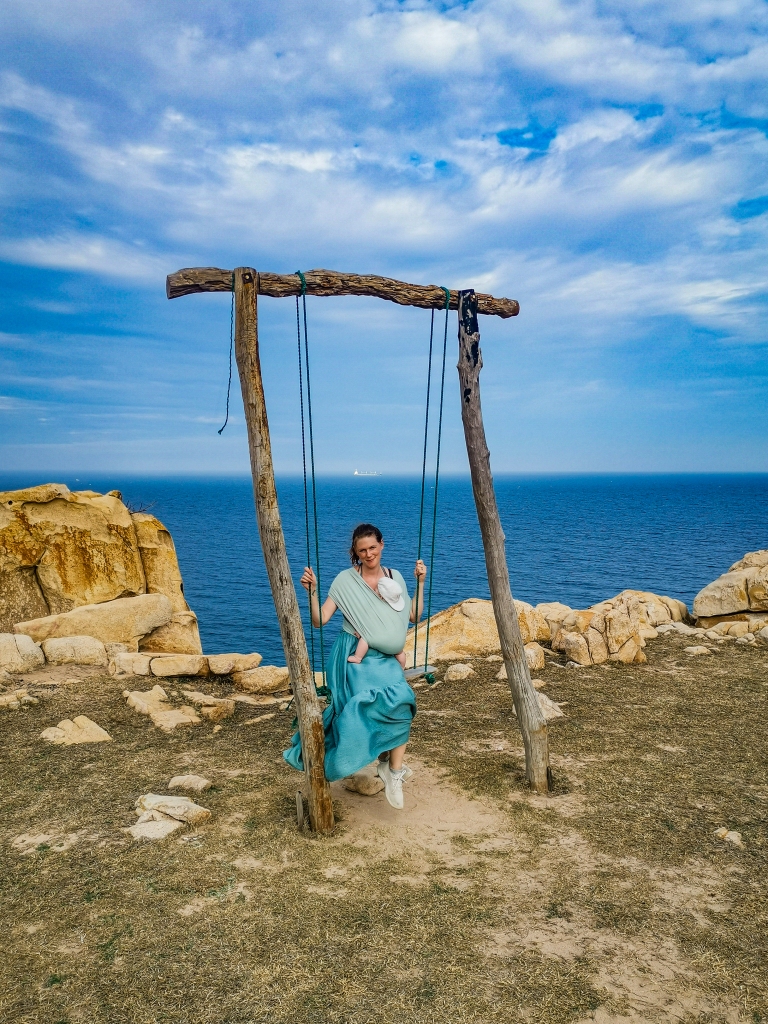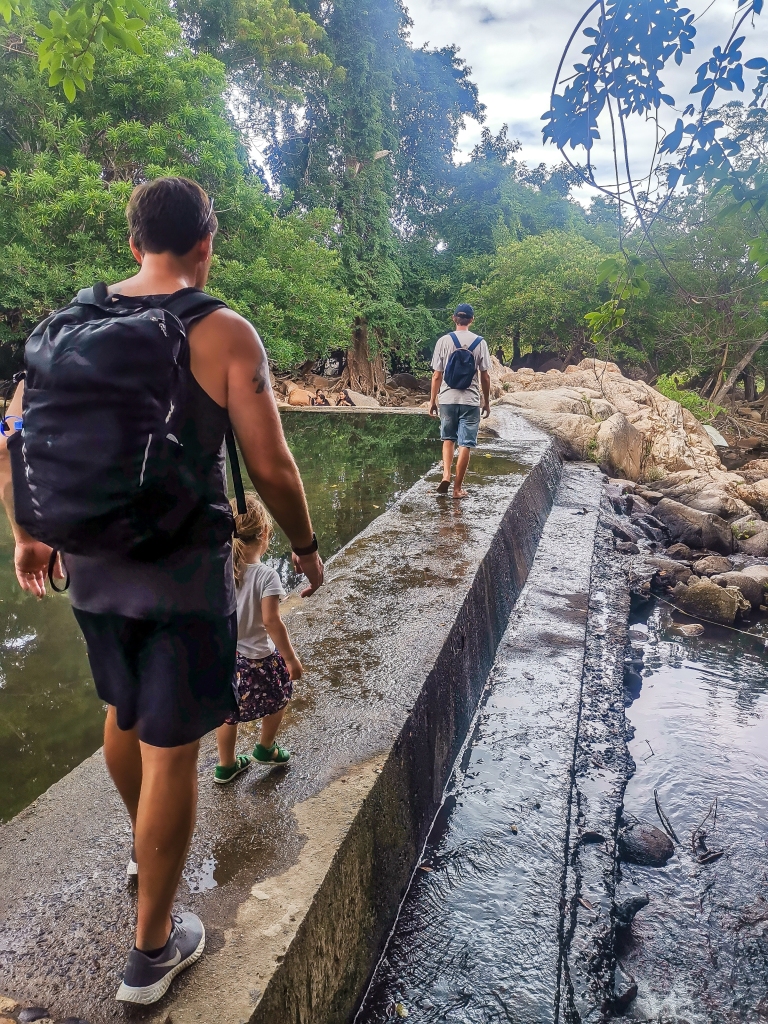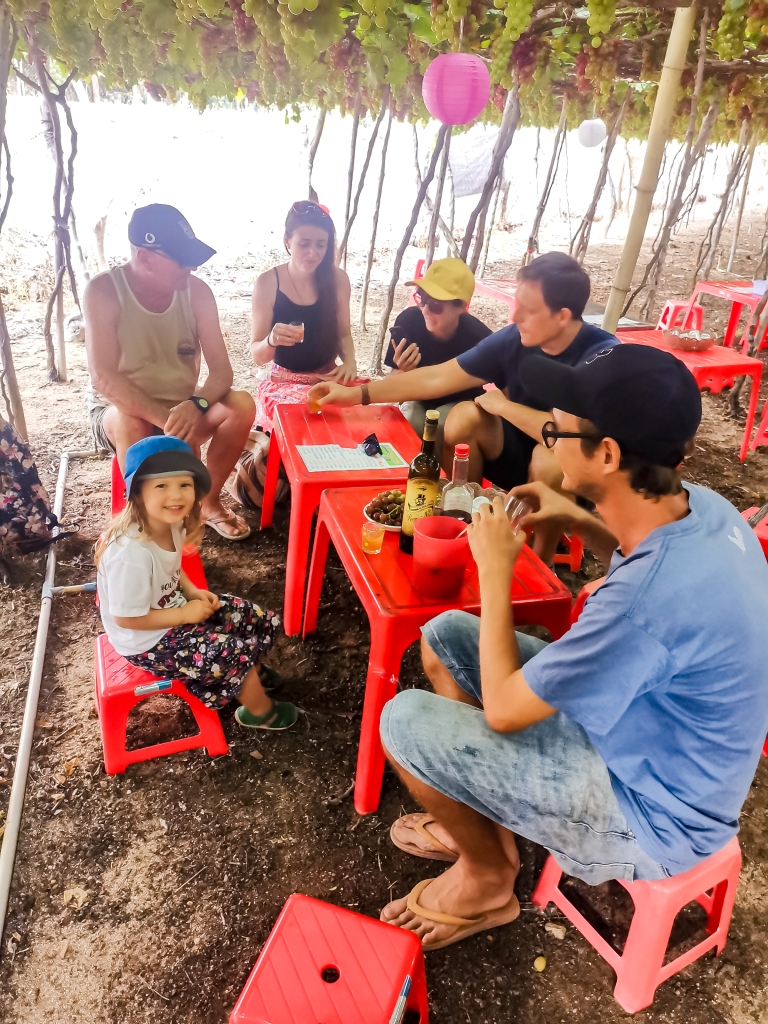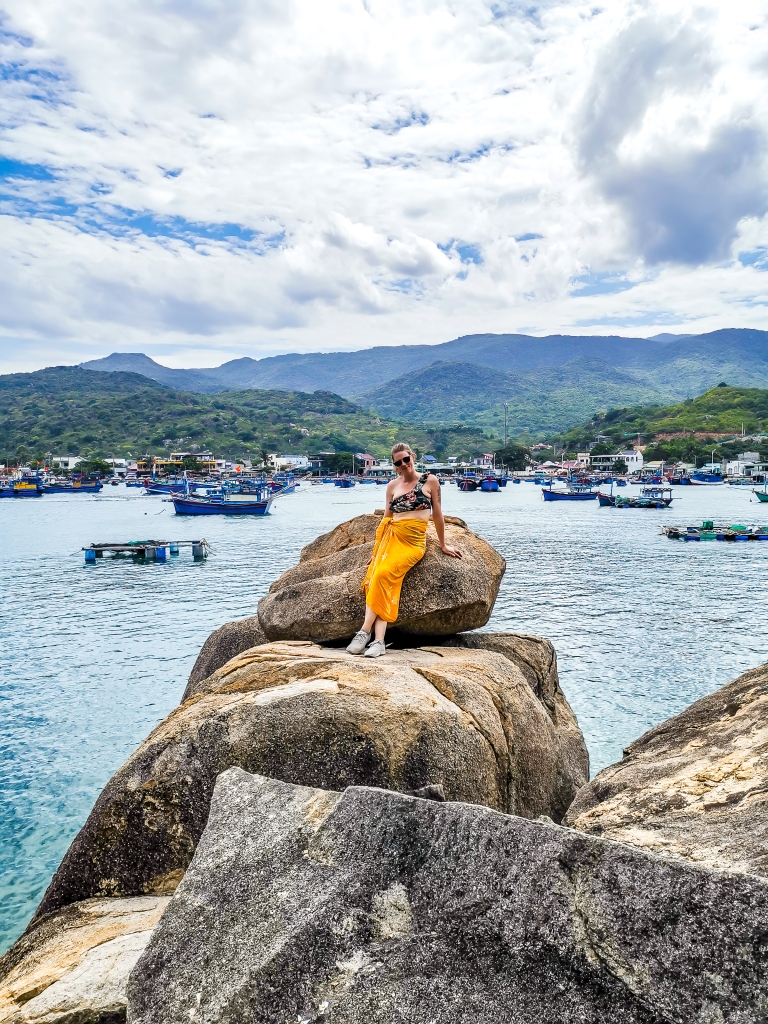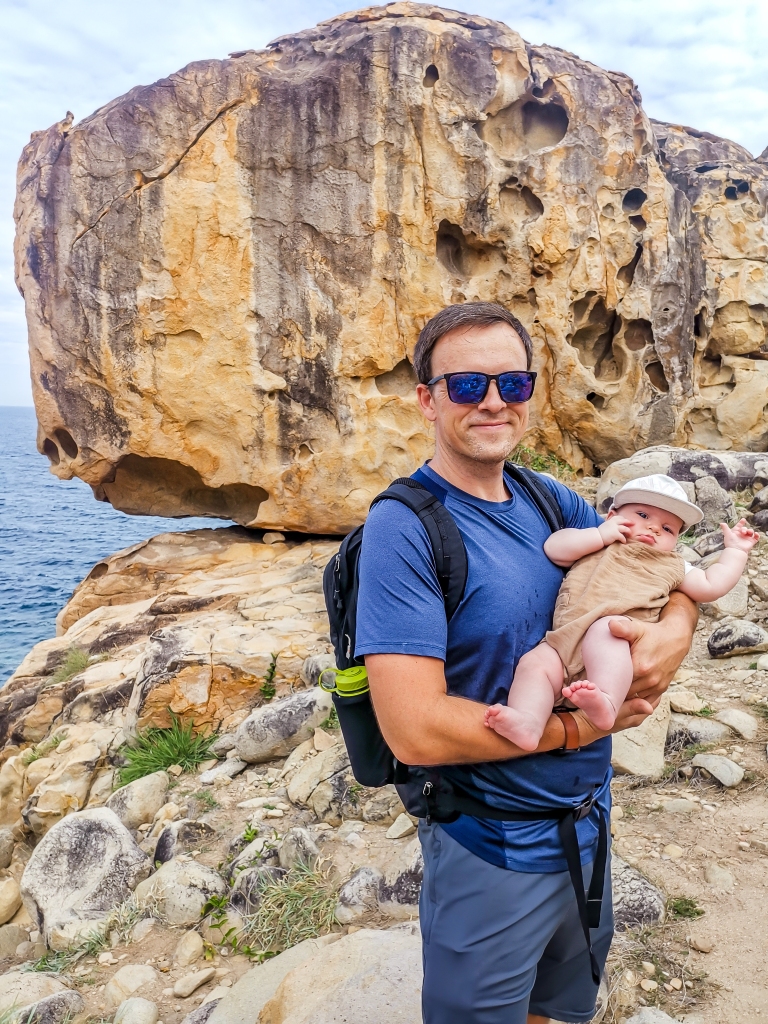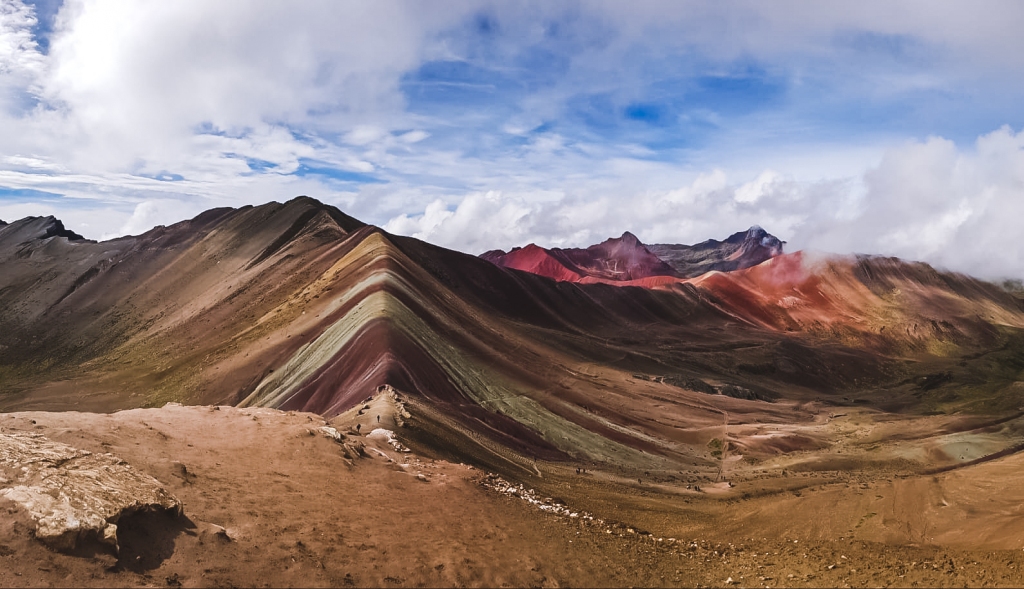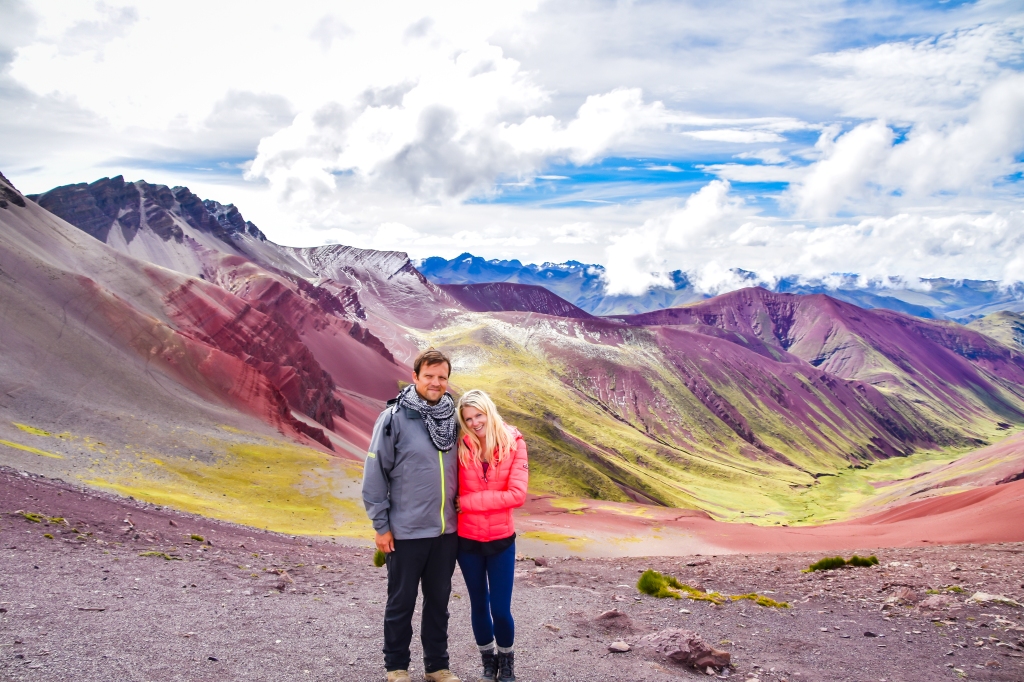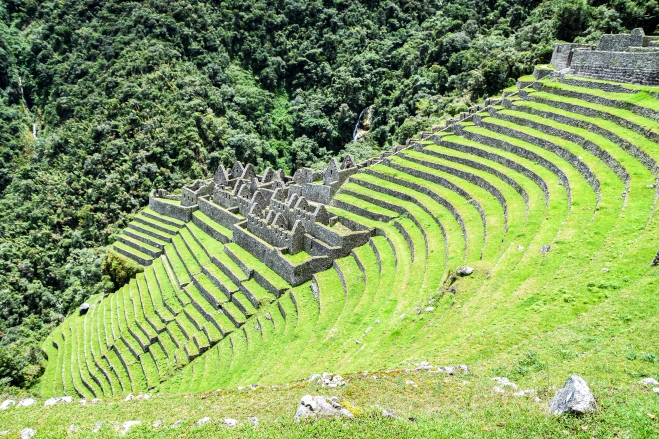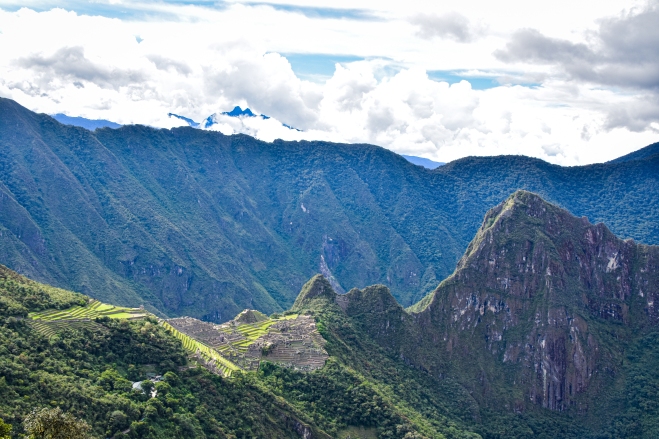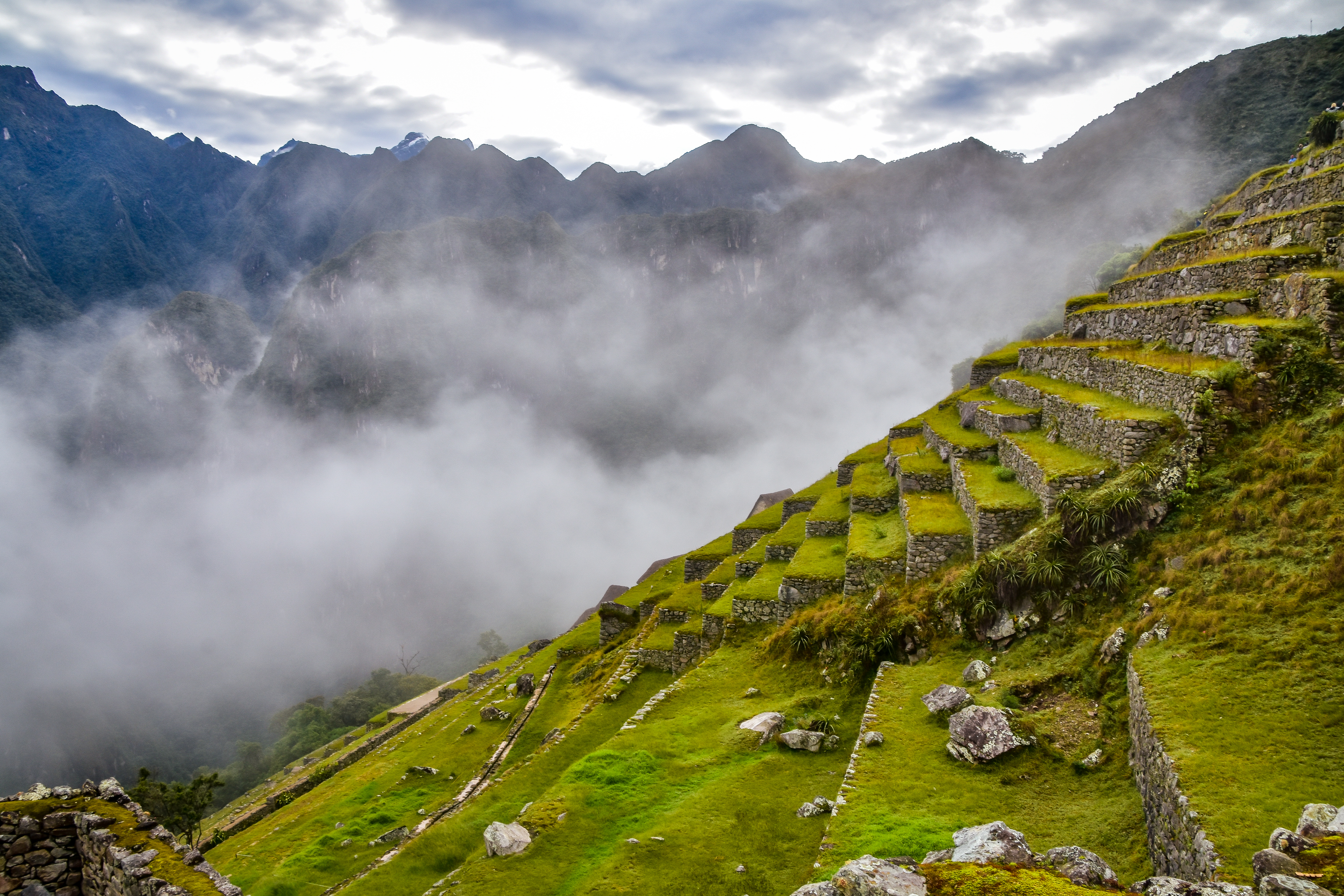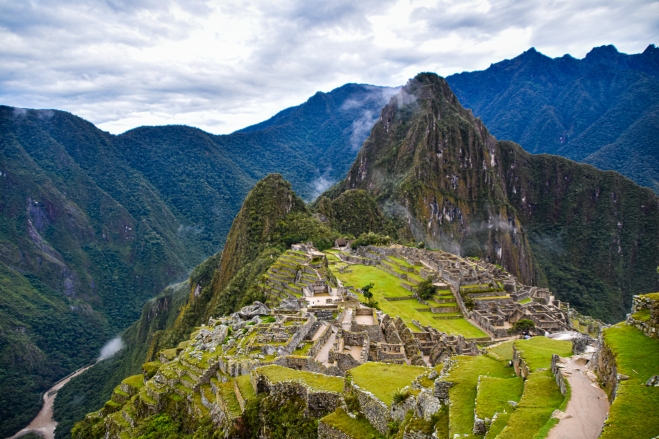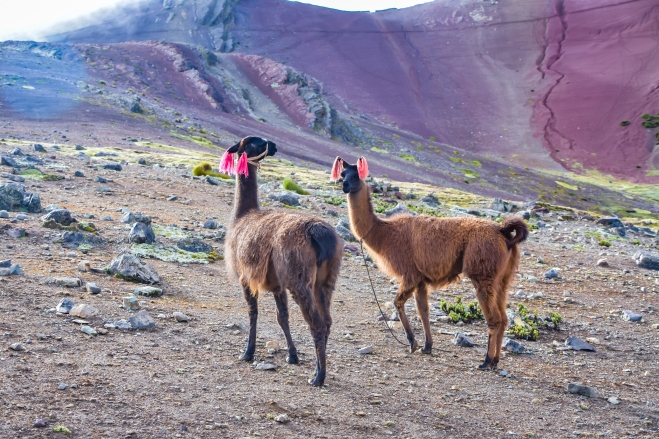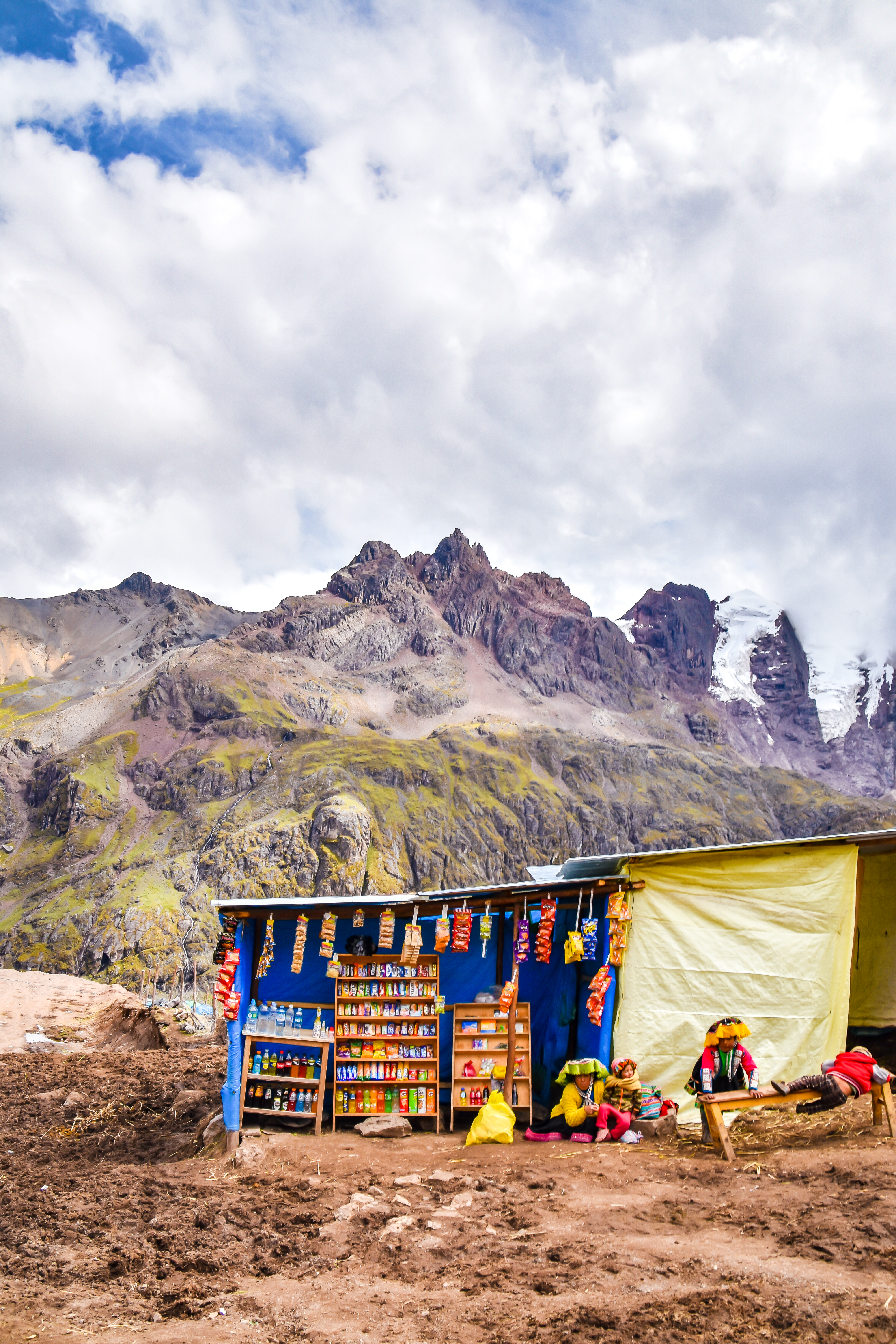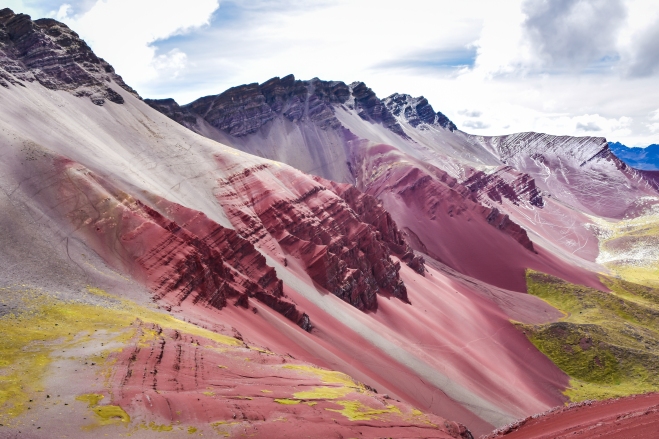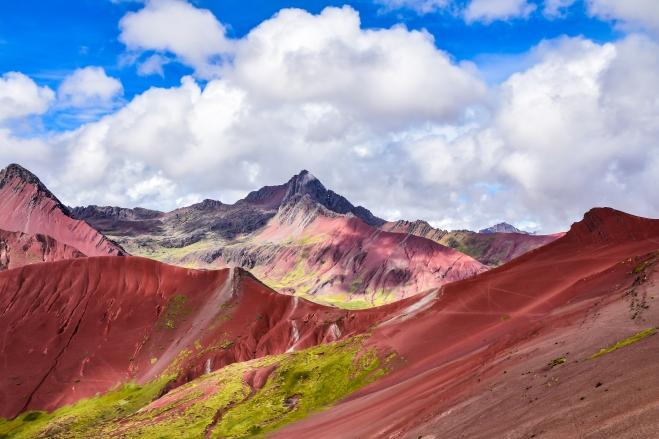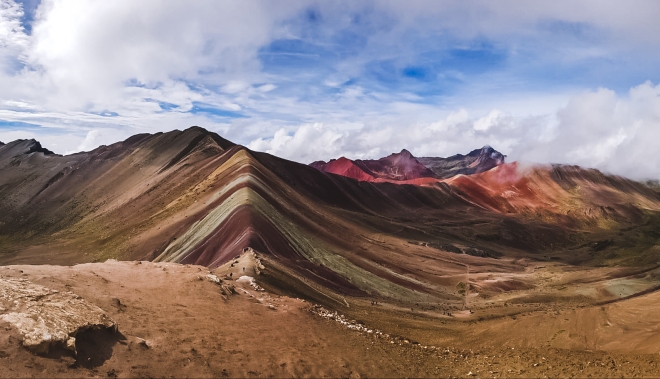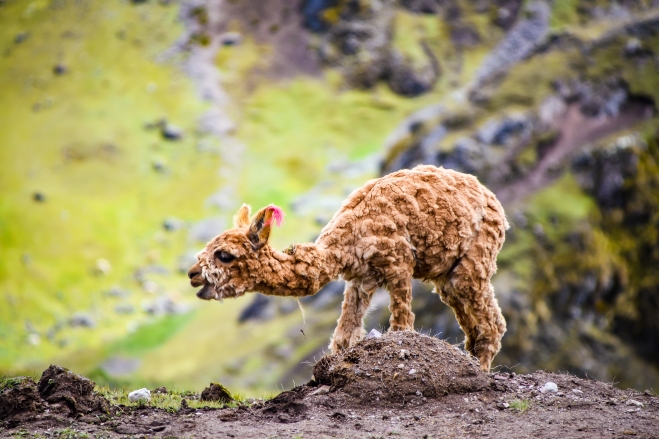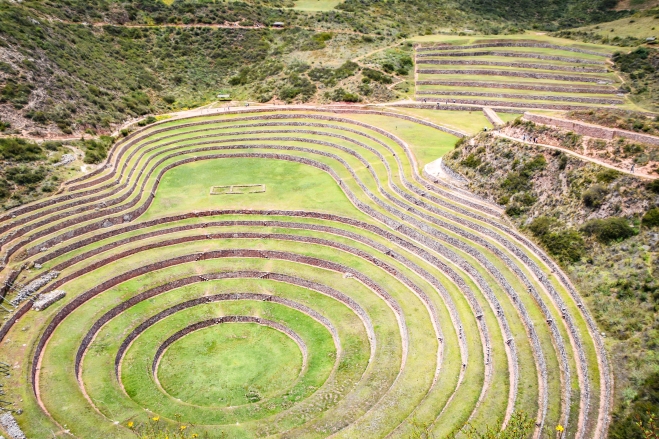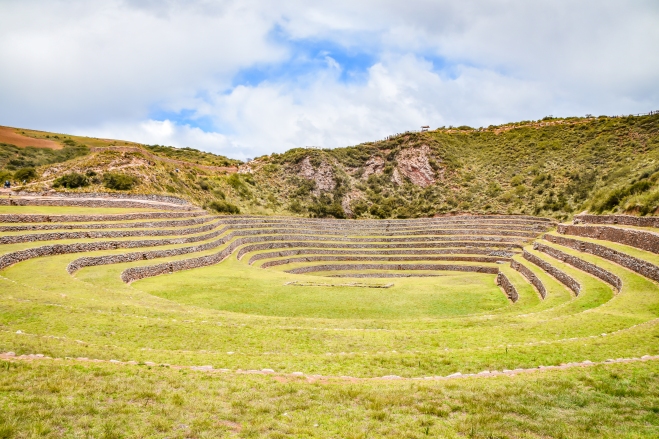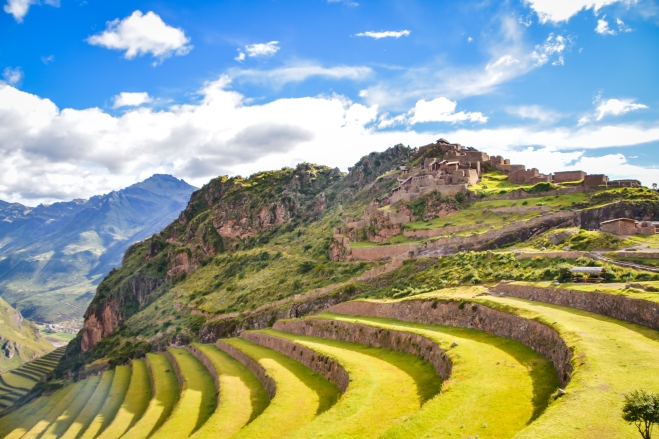This post contains affiliate links. If you use these links to book a stay or purchase an item I may earn a commission at no cost to you.
La Paz often gets a bad rap (as many cities in South America do) for being sprawling, dangerous dirty, and ugly. But actually I had a great time exploring here and experiencing one of the more quirky South American cultures. Bolivians are quite traditional and spiritual and I found Bolivia to have a really unique culture quite at odds with the modernisation and development starting to happen in the city. La Paz was an interesting clash of it all. We spent 3 days in La Paz and could have happily explored for longer.

GENERAL INFO
Getting there and away: La Paz is the final (or first – depending on which way you are going) stop on Bolivia Hop – a perfect combo of a tour group, a hop on hop off bus and an intercity bus! See my post here raving about Peru Hop (same company as Bolivia Hop) as to why this is a winning combo. The company takes you across the border so you can travel with them through both countries.
Buses are the best way to get in and out of La Paz )if you don’t use Bolivia Hop or want to travel within Bolivia rather than through to Peru), the bus station is only a short 5 mins drive from the centre of town and you can get buses all over Bolivia from here. All passengers must pay a 2.5 bolivianos fee for using this station – pay at the ticket booth in the middle of the station – look for a sign saying Boletas. You will be given a ticket that is checked once you are on the bus.
Accommodation: I suggest using booking.com to find a place to stay near where you want to visit. We stayed at Sol Andino Hostal which was cheap and comfortable but nothing special.
Food: Must try food are Saltenas (the Bolivian version of empanadas) and quinoa chocolate. Otherwise, there really wasn’t any food I had in Bolivia that was memorable. I definitely wouldn’t consider it a foodie destination.
Top Tips: Keep your valuables close – Bolivia is a poor country so there are lots of opportunists around (particularly in El Alto which is a poor neighbourhood). Also keep your wits about you, particularly if you are travelling solo. Everyone in Bolivia is incredibly friendly but there are some strange aspects of superstitious Bolivian culture which mean its best to accept this at face value, always let someone know where you are going, and never tell any local you are travelling alone (which should always be the case anyway).
SUGGESTED ACTIVITIES
Exploring in the central city
The Basilica de San Francisco is a lovely cathedral right in the heart of La Paz. It is beautiful inside and also have a lovely space outside. Close by is Plaza Murillo which is a pretty central plaza. Both are busy and bustling locations that are great places to people watch. You can find street art, cool shops and cafes in the Parque Universitario and Sopocachi areas.

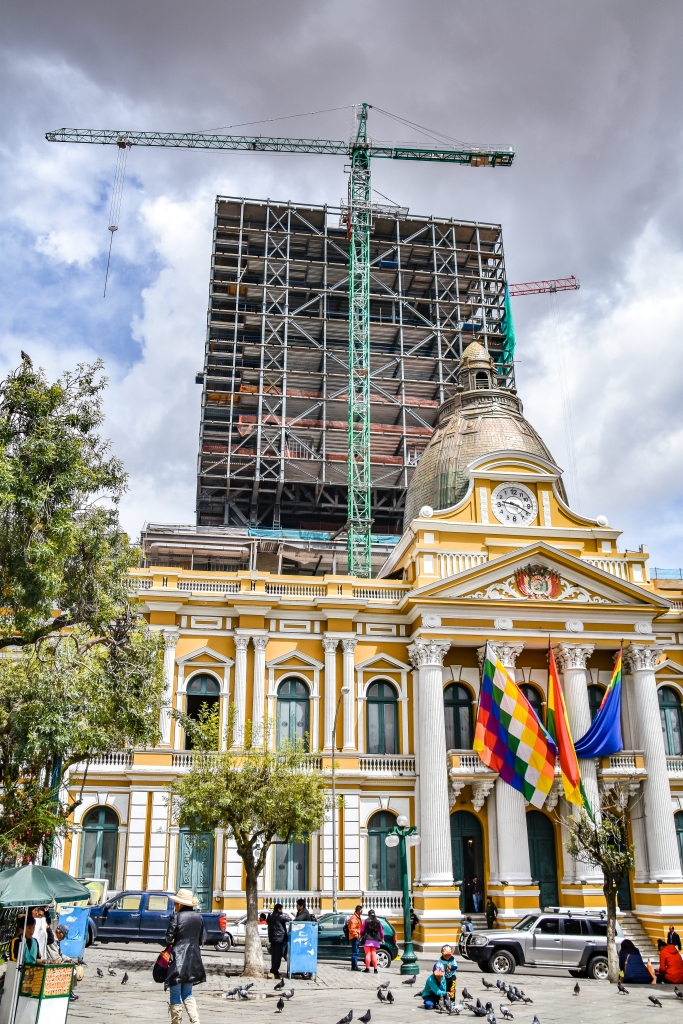
Mercado de Hechiceria
The Witches Market in La Paz takes place on Calle Linares in between Calle Santa Cruz and Calle Sagarnaga. Although the market is very much a tourist attraction; witchcraft is not a novelty to the Bolivian people so please avoid making fun of the things you see and ask politely before taking photographs. You can also find some great street art around the Witches Market.
Museo de La Coca
Great little museum located in Calle Jean which details the very interesting history of cocaine in Bolivia and the reasons why its so much more ingrained into society than we would imagine. Very well set up with enough information to really learn something and not too much so that you get bored. Great cafe on site too. Calle Jean is the only colonial era street left in La Paz so its worth having a wander along too.

Bike Death Road
If this sounds too hardcore for you, then it probably is. When we decided to book a tour to bike death road we were sure it couldn’t really be as terrifying as it sounds. Well..it is! Still worth doing though particularly if your a bit of an adrenalin junkie!

Visit La Paz Cemetary
To see where you will be housed if you bike death road! (Just kidding!). In reality the cemetary was one of the coolest places we went in La Paz. Its absolutely covered in amazing street art and we learnt some really interesting history about Bolivia and the traditions that Bolivians follow even as their country modernises. We visited here on a Red Cap tour – I highly recommend!


Visit Valle de la Luna
Valle de la Luna in Bolivia is a large eco-park with rocks that look like they belong on the moon. It spans a large enough areas for you to walk around and feel like you are on an entirely different planet. There are a few places which claim this name and I’m sure they are all equally other-worldy but this one was fairly easy to get to and a really nice little walk escaping the hustle and bustle of La Paz as its just outside the city. Entry into the site is 15 bolivianos. It was suprisingly empty and we almost had the whole place to ourselves. To get to Valle de La Luna just take a collectivo to Mallasa from the paradero near Calle Sagarnaga. The trip takes approx 40 mins, costing 3 bolivianos. Make sure the driver knows you want to get off at Valle de la Luna. There are 2 circular walking tracks – the most spectacular viewpoint is Devil’s Point which is toward the end of the longer track (takes around 45 mins-1 hour to complete). You can take another colectivo back in the same direction to return to La Paz.

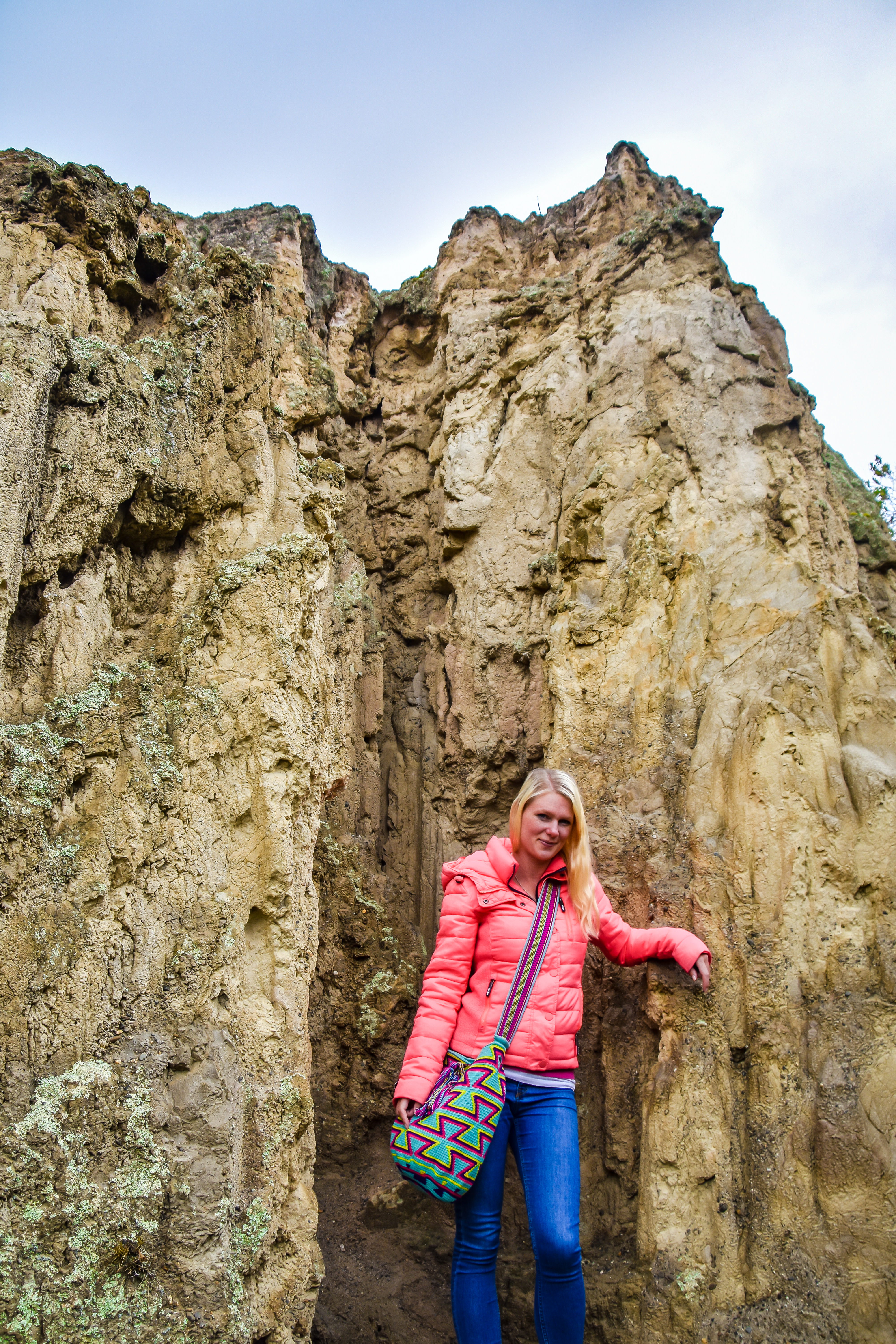
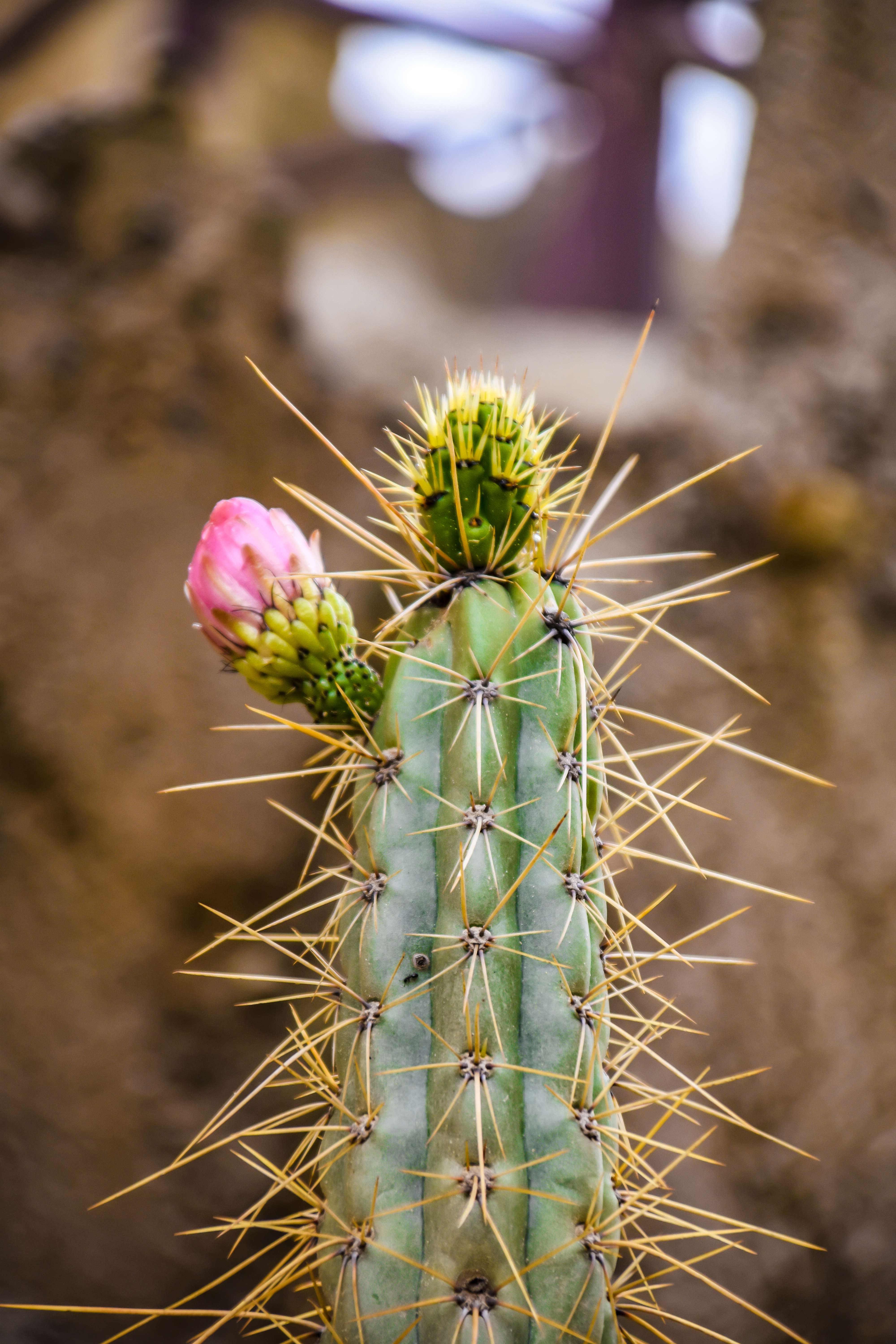

See some Cholita wrestlers fight it out in the ring
Cholita wrestling is a popular thing to go and see in La Paz. We organised going to a match through Red Cap (they are a really good tour company in La Paz) and it was so much fun. Its all very dramatic and such a cool way to spend an evening with a bit of a local spin! The show finishes about 8pm so its not too late an night either.


Take the Cable car up (and over) El Alto Market
El Alto is a poor neighbourhood a cable car ride up from the central city. It hosts a giant flea market where all the locals go to buy and sell goods. Its fascinating to see how far this market extends and the cable car travels over a small section of the market. Taking some time to explore the market is really interesting but do watch out for your valuables as this area is rife with pickpockets. Its also not the safest part of town so we visited with Red Cap (it feels just that little bit safer as a group which includes a local (although it also makes you more conspicuous as tourists). On one edge of the market are the ‘Witches Dens’ which is another fascinating location to visit if you are interested in witchcraft and superstitions. To work as a witch here you need to have been struck by lightning. The more times you have been struck by lightning, the more powerful you are.

So what are you waiting for? Book a flight to explore Bolivia now!
Erika xx





